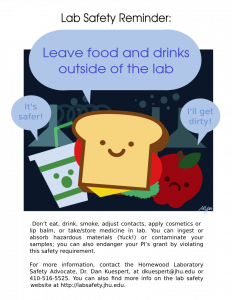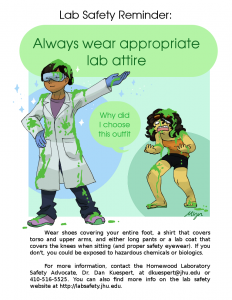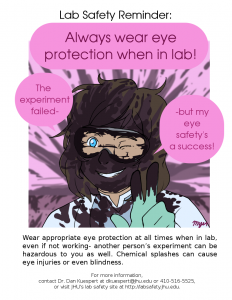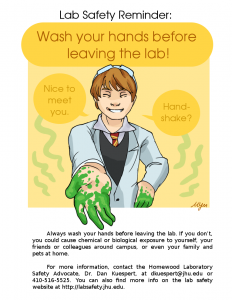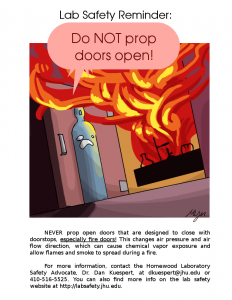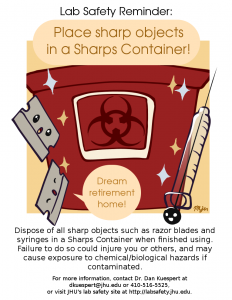The unnatural amino acid azidophenylalanine is used for modifying and labeling proteins in biological and biochemical research. The azido group, though, is often a bad actor, leading to “energetic events,” (i.e., explosions).
A recent article in J. Org. Chem. (doi:10.1021/acs.joc.8b00270) by Mark Richardson, Gregory Weiss, and other University of California researchers describes an inexpensive synthesis of this amino acid. In the course of the research, the researchers studied the intermediates and final product using differential scanning calorimetry and discovered that azidophenylalanine “behaved like an explosive compound,” an unexpected result. The authors recommend that crystalline samples of azidophenylalanine not be stored for long periods and that all stocks of the material be kept in dilute aqueous solution.
Further details can be found in a Safety Note in Chemical & Engineering News.
